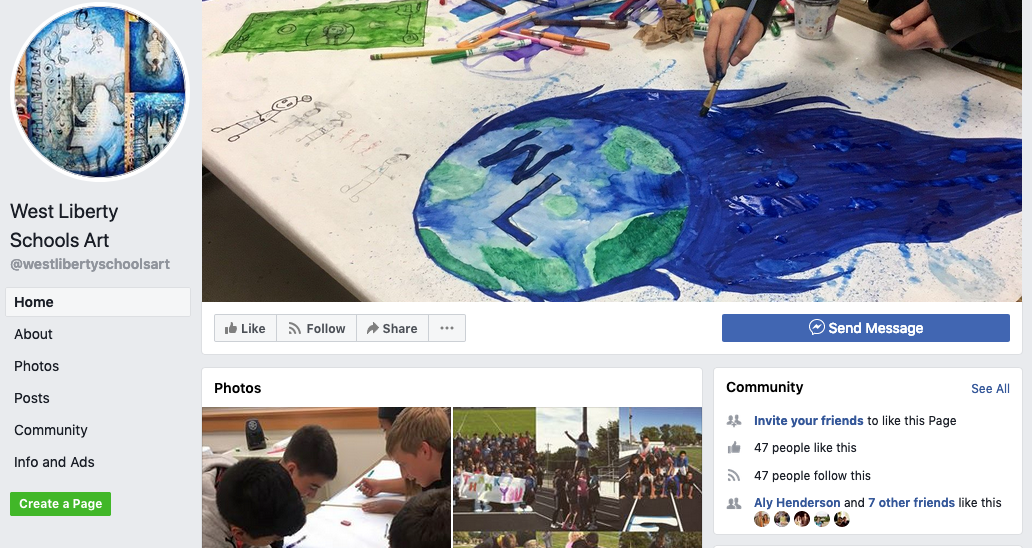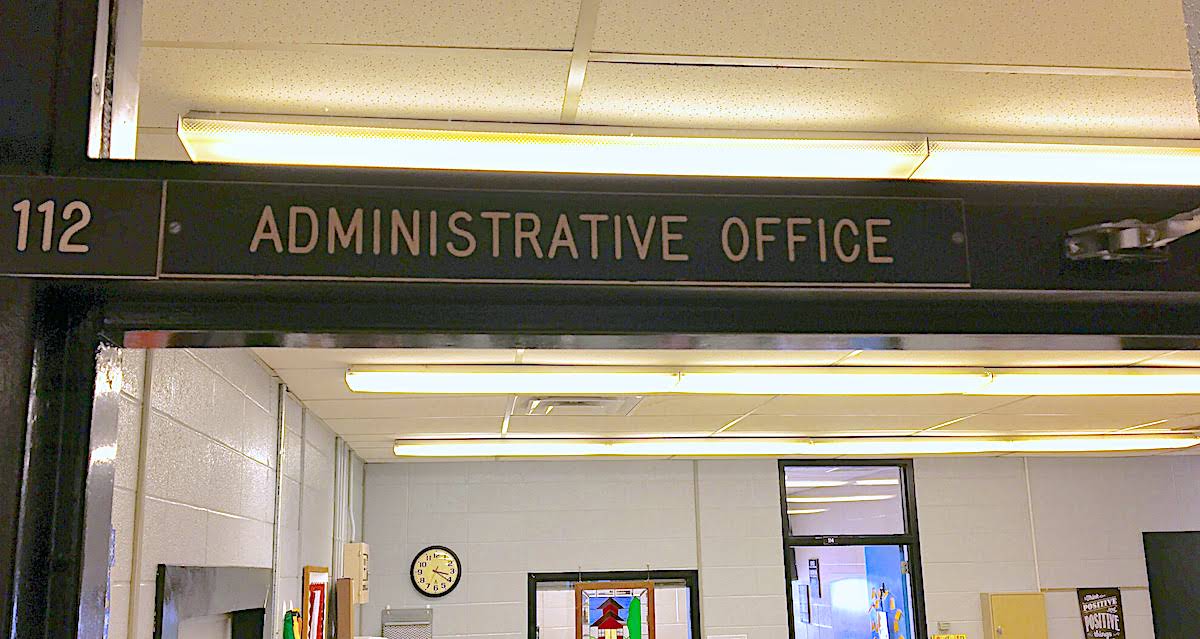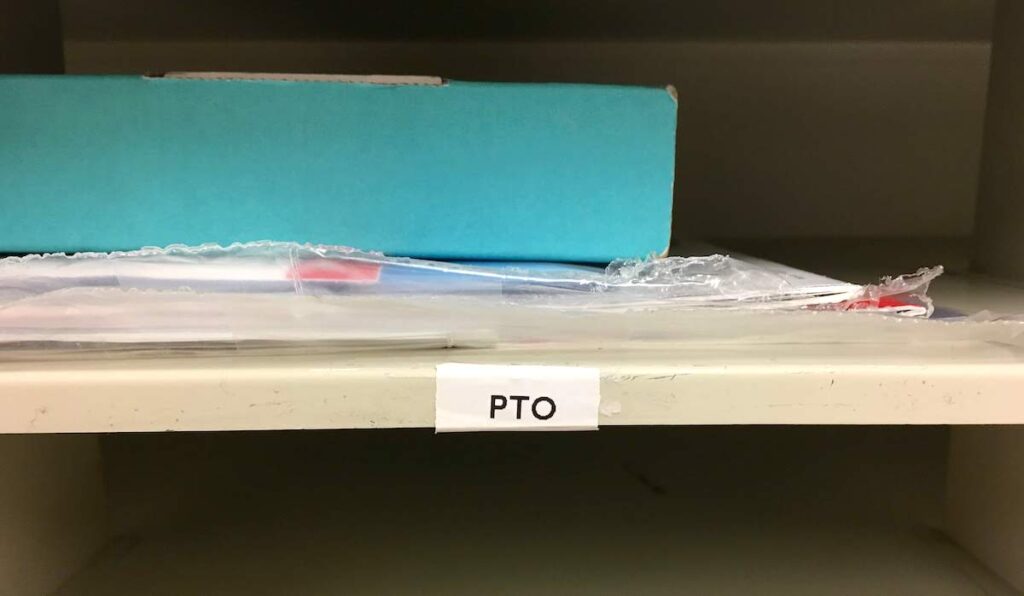Does this sound familiar? Open app. Select photo. Apply filter. Write description. Add hashtags.
Post.
Scroll.
Like.
Repeat.
As art teachers who adore sharing and learning, we go through these motions on social media all the time. It makes sense. We need to connect, and social media makes it easy and fun! We use social media platforms such as Instagram and Facebook to promote, advocate, and communicate within our communities.
Despite the benefits, however, the focus on social media posting among art teachers may be slightly off-target. It begs the question, what is truly beneficial to your students and classroom? Focusing on real face-to-face communication with parents, local businesses, and administration will more likely get you the local fame and support your classroom and students deserve.
In the spirit of art education advocacy, here are some ideas to promote personal connection. No hashtags included.

Your Administrator
Administrators spend most of their day dealing with the problems of your building no one else wants to know about. Student discipline, parental concerns, and staff dynamics pile up on their plates. Yuck. Why not set up an appointment with them to share all the learning happening in the art room?
Give them a hearty helping of the benefits of artmaking. Share your students’ success and ask them if they see any creative needs in the building where you and your students could lend a hand. Brag about your cross-curricular projects, your incorporation of technology, and your latest professional development nugget of wisdom.
Don’t come to them with a list of supplies you wish you had or expound upon your feelings of isolation from other teachers. This is not the time. Your enthusiasm and passion for what is going on in your classroom will speak volumes. Breaking down the barrier of superficially sharing or only making requests of your administrator will help them be “on your side” when the time does come.

Parents and Families
Sure, you have parents and families who interact with your social media posts. Wonderful! Keep on it! Additionally, you may have put a little blurb in the school newsletter asking for help with the annual art show. The most direct and definite way of getting help, though, is to talk to parents—not post to them.
Talking means writing individual letters or emails. Even more personally, it means catching parents at parent-teacher conferences or calling them directly. To be fair, parents can be intimidating. You want their approval and acceptance, especially when it comes to needing help or funds for your students’ learning. Keep in mind, however, for them; it is a lot easier to scroll past your post and request for money than it is to say, “No,” to your face. It is crucial to get over the hurdle of hearing a possible, “No.” After all, what’s the worst that will happen?
If you’re not sure who to reach out to, ask the PTO president where to start. Ask your administrator for suggestions of well-connected parents or those with some time to volunteer. Reach out to classroom teachers for suggestions of parents who have been particularly supportive of their needs. Your efforts at real-human connection will be richly rewarded—even without a little heart and thumbs-up.

Community/Local Businesses
You are not the only one wanting to get the word out about your excellent content. Local businesses are always looking for ways to promote their content/product. They might also have the cash on hand or the platform you need to reach more people.
Make an appointment with the public relations personnel of a local business. Pitch a proposal as to why their donation will directly benefit the local community and let potential customers know how awesome they are. For example, it might be great to serve cookies and lemonade at this year’s art show. But, the truth is, you don’t have the budget for 1,000 cookies and gallons of lemonade. However, the local bank might be willing to donate the funds, put their logo on the cups and napkins, and even show up to help direct traffic in their matching polo shirts. They get to take part in amazing community involvement, and you get cookies and lemonade! Hooray! None of this would have happened by them stumbling upon your classroom’s Facebook or Instagram accounts. It’s because you had the gumption to talk to them face-to-face. Well done!
Admittedly, when it comes to connecting to individuals, it can make us all a little squirmy. However, personal connections are so much more efficient and beneficial to your teaching and students’ learning. This is not to say social media posting and art education cannot benefit from each other. They can and already have! The above suggestions are ways to bolster your advocacy and communication outside of posting platforms. It might take more time, but it will be worth it.
Who can you connect with personally to help your students’ learning? How do you plan to do it?
What is difficult about promoting your program face-to-face?
Magazine articles and podcasts are opinions of professional education contributors and do not necessarily represent the position of the Art of Education University (AOEU) or its academic offerings. Contributors use terms in the way they are most often talked about in the scope of their educational experiences.





